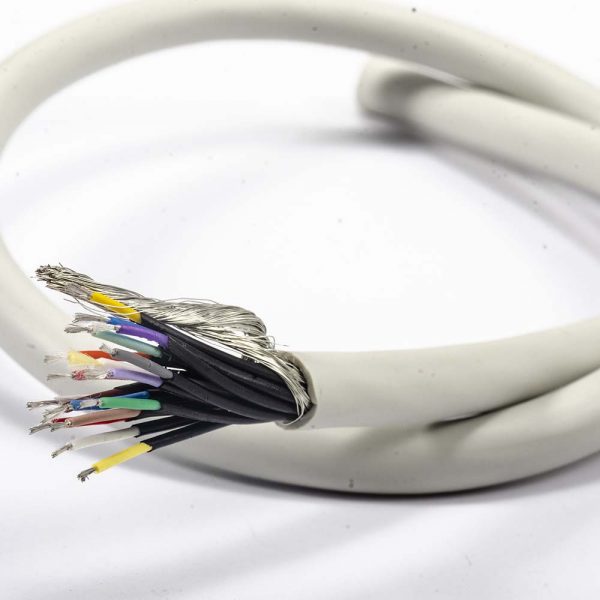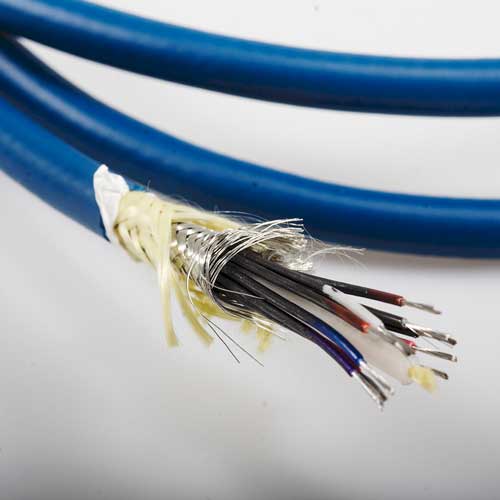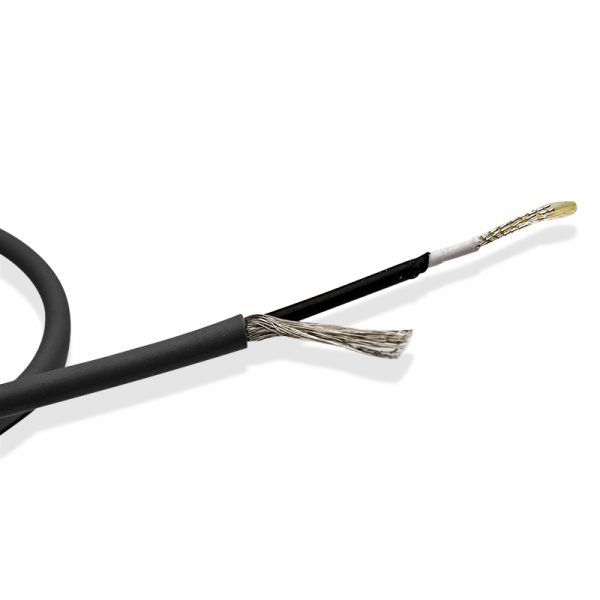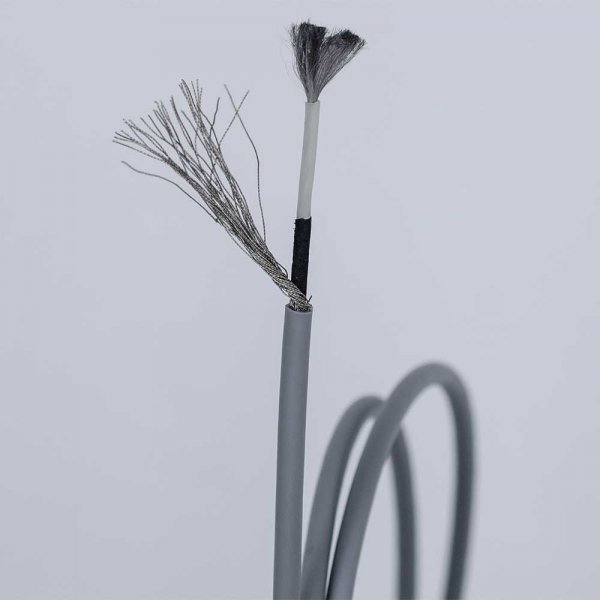Both ECG and EEG cables use electrodes to detect changes in voltage. So what were the differences between them before?
EEG and ECG lead wires serve different purposes in the medical field, resulting in differences in their design and performance:
- Signal Frequency and Amplitude: EEG measures brain electrical activity, typically with signal frequencies ranging from 0.5 to 70 Hertz and smaller amplitudes. Conversely, ECG signals have a higher frequency range (0.05 to 100 Hertz) and larger amplitudes. Therefore, ECG-grade lead wires require higher signal transmission capability and resistance to interference.
- Wire Design: EEG-grade lead wires often feature more delicate conductors to capture and transmit brain electrical signals. These wires typically require greater flexibility and precision to accommodate the shape and movement of the head. ECG-grade lead wires, on the other hand, are usually more robust as the larger amplitude of ECG signals does not necessitate as many conductors.
- Interference Resistance: Due to the larger amplitude of ECG signals, ECG-grade lead wires need stronger interference resistance to ensure accurate electrocardiogram recordings. While EEG-grade lead wires also require some degree of interference resistance, they are typically less sensitive to interference.
- Cleaning and Disinfection Requirements: As ECG measurements often involve contact with the skin on the chest, ECG-grade lead wires need materials that are easy to clean and disinfect. EEG-grade lead wires also have similar cleaning requirements, but typically have lower demands for disinfection.
Why is anti-interference more necessary when the frequency of electrocardiogram signals is high? What is the relationship between signal frequency and anti-interference?
A high signal frequency usually increases the risk of interference, as high-frequency signals are more susceptible to external electromagnetic interference. This is because high-frequency signals have shorter wavelengths, making them more susceptible to electromagnetic interference sources in the surrounding environment (such as power supplies, cables, wireless devices, etc.). In medical devices, such as electrocardiographs or electroencephalographs, even small external interference can cause signal distortion or confusion, thereby reducing measurement accuracy and reliability. Therefore, for high-frequency signals (such as electrocardiogram signals), stronger anti-interference ability is needed to ensure that the recorded signals are from the patient’s physiological activities, rather than external interference sources. In addition, due to the large amplitude of the electrocardiogram signal, it is more susceptible to interference, so stronger anti-interference ability is needed to ensure the accuracy of the signal. This is one of the reasons why ECG grade wires need to have high anti-interference performance. For this reason, when designing ECG cables, we usually need to add a noise layer to isolate the impact of noise on the signal.Like these two kind of cables, the first one uses a semi conductive PVC conductive layer and braid shielding to ensure that the signal is not disturbed;
The second one uses graphene coating and braid shielding to ensure that the signal is not disturbed and reduce noise. Graphene coating is thinner than semi conductive PVC, which can reduce the OD of the wire and has a stronger ability to isolate noise.
With rich experience, the EEG cables we design only require a simple structure to meet the requirements;
As a medical cable manufacturer with a growth history of 20 years, Shenzhen Yongqiangfu Industrial Co., Ltd. provides various types of medical cable such as ECG/EEG/EKG.
We welcome inquiries and requests for free samples.



